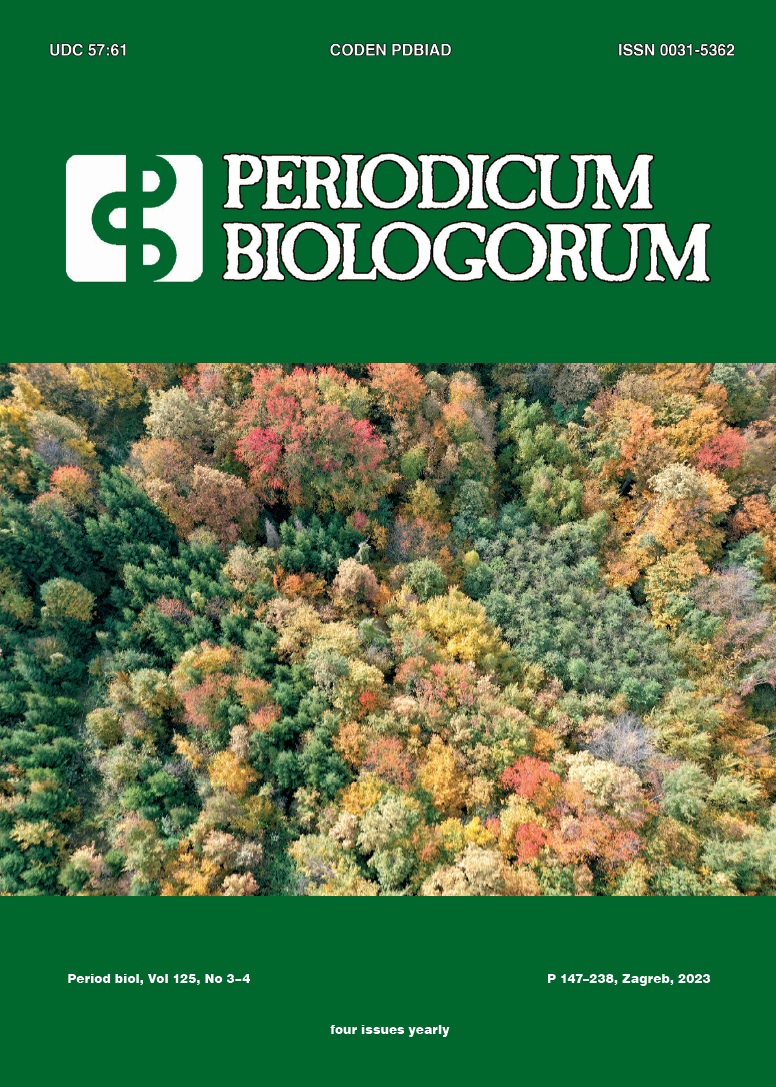Increased mRNA expression of ADAMTS1 and ADAMTS4 in peripheral blood mononuclear cells of psoriasis patients developed psoriatic arthritis
ADAMTS in psoriatic arthritis
DOI:
https://doi.org/10.18054/pb.v125i3-4.25616Abstract
Background and purpose: Psoriatic arthritis (PsA) is a chronic inflammatory disease associated with psoriasis (PsO) affecting both skin and joint. ADAMTS (A disintegrin-like and metalloproteinase domain with thrombospondin-1 repeats) is a large family of proteoglycanase enzymes and the expression levels of ADAMTS proteases are upregulated in arthritis. In this study, we aimed to determine mRNA expression levels of ADAMTS1, ADAMTS4 and ADAMTS5 and identifying the key signaling pathways involved in the regulation of these proteases in peripheral blood mononuclear cells (PBMCs) of patients with PsO who later developed PsA.
Materials and methods: 25 PsA patients, 25 PsO patients and 25 healthy individuals were included in this study. PBMCs were isolated from venous blood and mRNA expression levels of ADAMTS1, ADAMTS4 and ADAMTS5 were measured through Real-time quantitative PCR (RTqPCR).
Results: mRNA expression levels of ADAMTS1 and ADAMTS4 were found to be increased in PsA patients compared with control and PsO patients. In response to TNF-a stimulation, the expression of ADAMTS1 in PsA patients was determined to be reduced in a Erk1/2 activity dependent manner, whereas p38 and JNK activities were shown to induce the expression of ADAMTS4 in PsA patients. The reduced ADAMTS1 expression in PsA patients induced by IL-1b stimulation was revealed to be dependent on NFkB activity.
Conclusions: mRNA expressions of ADAMTS1 and ADAMTS4 regulated by MAPKs and NFkB were increased in PBMCs of PsA patients. This study supports the hypothesis that ADAMTS1 and ADAMTS4 mRNA level might be diagnostic markers for identifying psoriatic patients who are more likely to develop PsA and a future drug target for PsA treatment.
Downloads
Published
Issue
Section
License
The contents of PERIODICUM BIOLOGORUM may be reproduced without permission provided that credit is given to the journal. It is the author’s responsibility to obtain permission to reproduce illustrations, tables, etc. from other publications.


